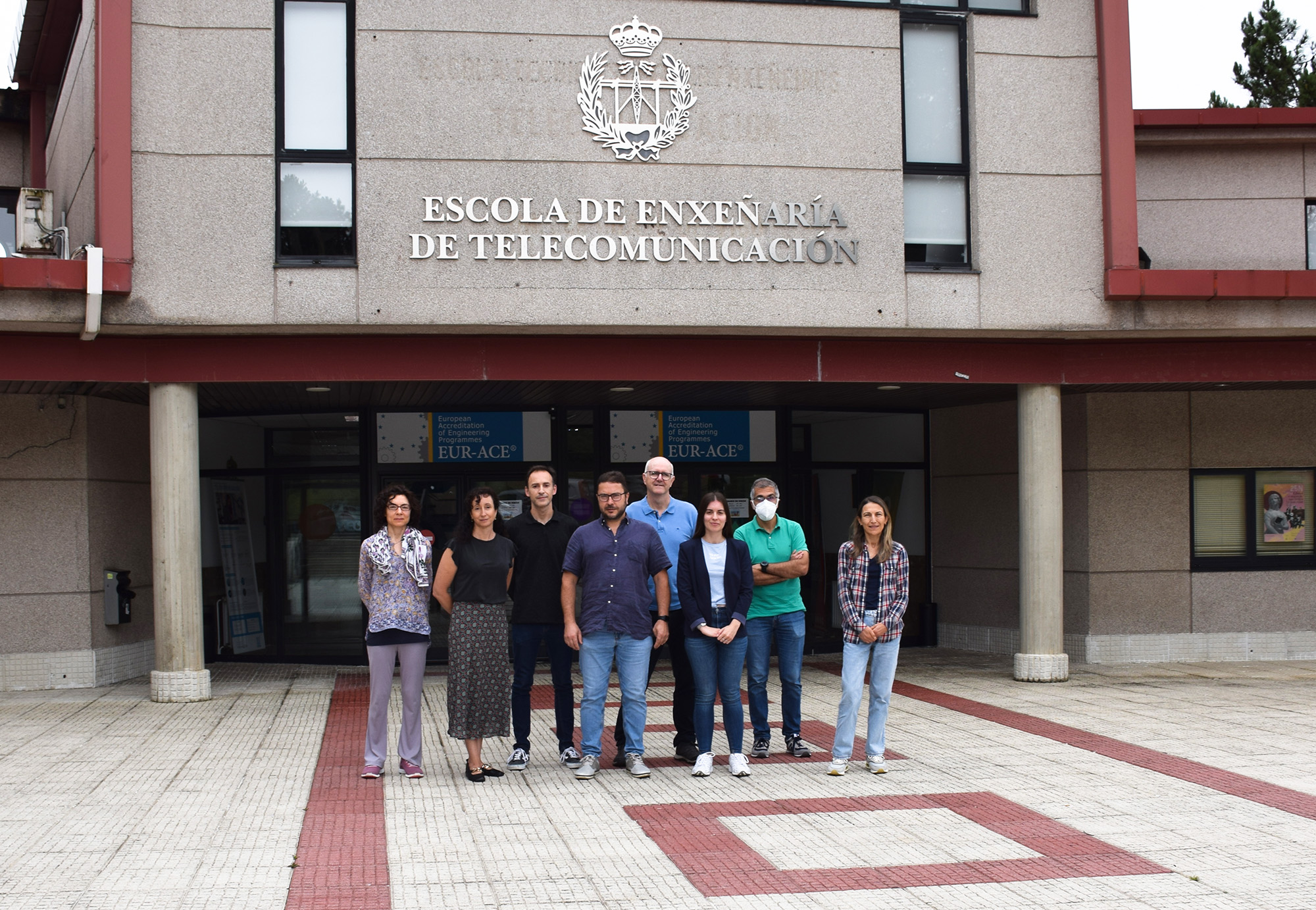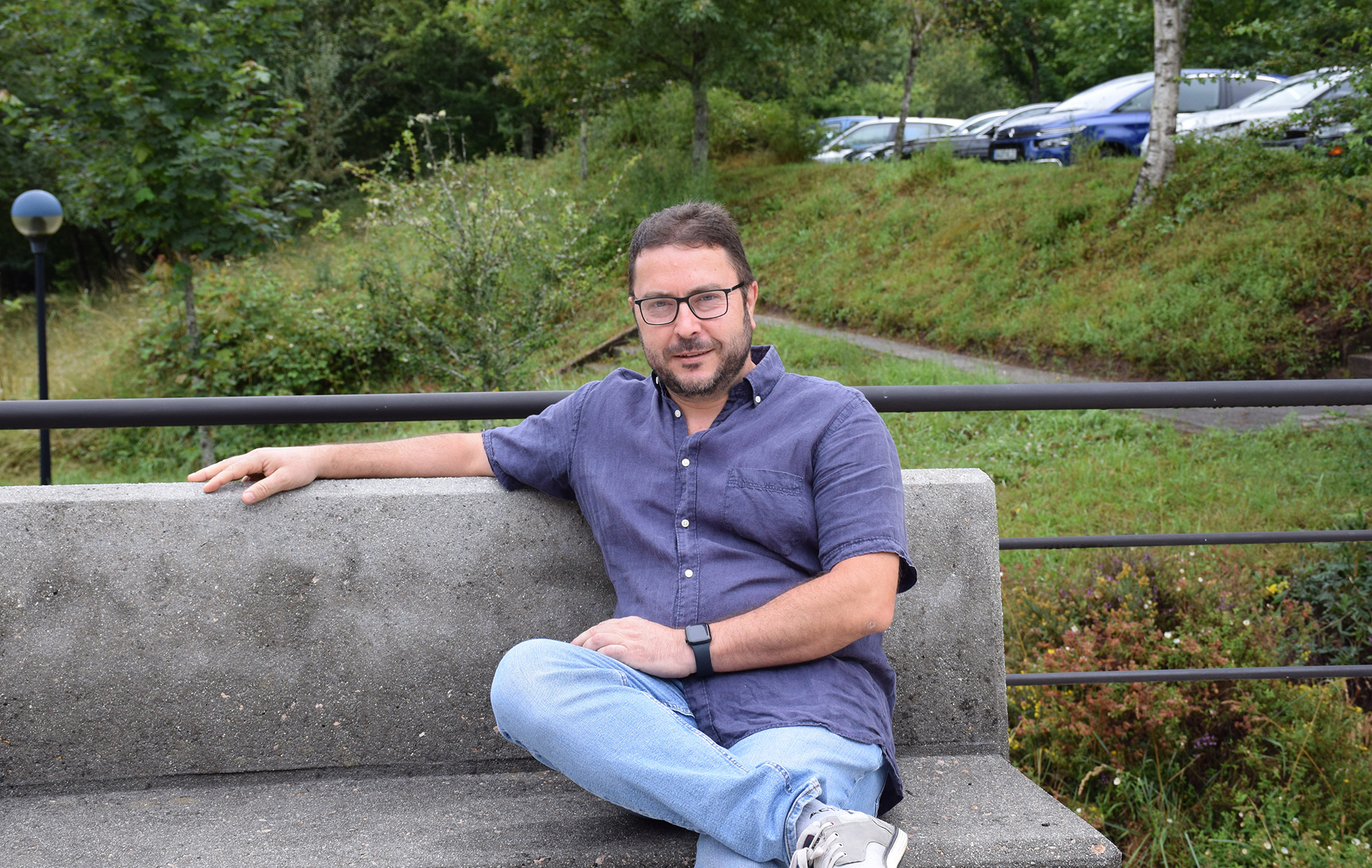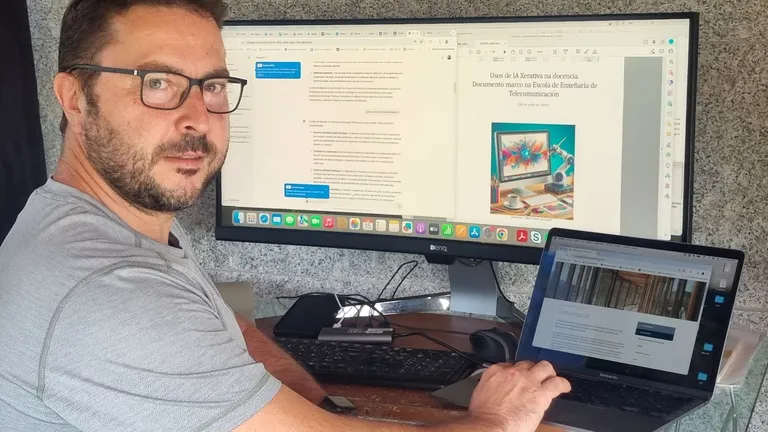They do not seek to prohibit but rather to teach how to use this technology in an “ethical, responsible, and critical” manner”
The School of Telecommunication Engineering has just published a pioneering guide on the use of Artificial Intelligence (AI), and more specifically, Generative Artificial Intelligence (GAI) in university classrooms. This makes it the first center within the academic institution of Vigo to regulate the use of a technology that is increasingly omnipresent. This technology is capable of generating new content, such as text, images, or computer programs, which can be used in various ways to support the tasks of both university students and professors.
They do not aim to prohibit it, as it is “a tool with great potential,” but rather to provide “usage guidelines” and teach how to use AI in an “ethical, responsible, and critical” manner.
“Our idea is to try to ethically integrate these tools into the daily educational environment at the university,” explains the director of the school, Rebeca P. Díaz. She further elaborates that two independent documents were created: a report of around 40 pages on the use of GAI in academic activities at the university, and a second, more concise document specifically directed at students, providing them with concrete guidelines on how to use these technologies.
Recommendations valid for any teacher and student
The creation of both guides was carried out by a working group comprising more than twenty teachers from various departments of the school (Telematics Engineering, Electronic Technology, and Signal and Communication Theory), coordinated by professor Manuel Caeiro Rodríguez, and supported and promoted by the school management.
“Everyone on this team works in the field of AI applied to different areas and, therefore, has very close knowledge of its use, potentialities, and risks,” says Díaz. She adds that the new guidelines will be applied in the EET very shortly but are open to any university teacher and student.
“Given that there is no specific guide of this kind at the University of Vigo, we see it as an opportunity to open this debate and that it can serve as an initial working document at a broader level than the School of Telecommunication Engineering,” emphasizes the director of the school.
A challenge that must be addressed “through acceptance and training, not through prohibition”
Under the title “Uses of Generative AI in Teaching. Framework Document at the School of Telecommunication Engineering,” the professors present their vision on the use of GAI, reviewing this technology from an academic perspective.
“We understand that GAI is being used very profitably in many different fields and for various tasks, also by us, professors, and research staff,” explains the document coordinator, professor Manuel Caeiro. He insists that GAI is a tool with great potential for work in university classrooms.
“We believe it should not be prohibited, among other factors because detecting its use is not easy. Instead, we think we should learn and teach how to use it properly, that is, ethically, responsibly, and critically,” emphasizes Caeiro.
With both documents, the school seeks to prepare students as best as possible to develop in a world where GAI will be omnipresent.
“However, we are also aware that GAI should not be used to avoid performing activities necessary for learning.”
These two issues represent, in the opinion of the guide drafting team, a challenge that will require reflection and rethinking the methodologies currently used in teaching and evaluating subjects. “We insist that this challenge must be addressed through acceptance and training, not through prohibition,” emphasizes Caeiro.
To achieve this, the report includes several sections that detail this vision of GAI while presenting its fundamentals, limitations, and dangers, suggestions for making suitable inquiries to these tools, usage examples for teachers and students, competencies to develop, etc.
A good tool for generating ideas, but the final work must “reflect own ideas, analysis, and conclusions”
In the case of the specific document for students, “Generative AI: A Guide for Students at the School of Telecommunication Engineering“, very specific guidelines are presented on how to use these types of tools ethically, declaring their use and recognizing intellectual property; responsibly, ensuring they support learning rather than avoiding it, and being aware of what their use implies; and critically, knowing the limitations of the technology and the need to verify its results.
The vision is to make the best possible use of GAI for developing the competencies inherent to the degrees and the academic activities they entail, incorporating new learning outcomes related to the use of this new technology. According to the guide, GAI is “a good tool to help generate ideas and draft a text, but the final work must reflect your own ideas, analysis, and conclusions.”
Source: DUVI, La Voz de Galicia.




